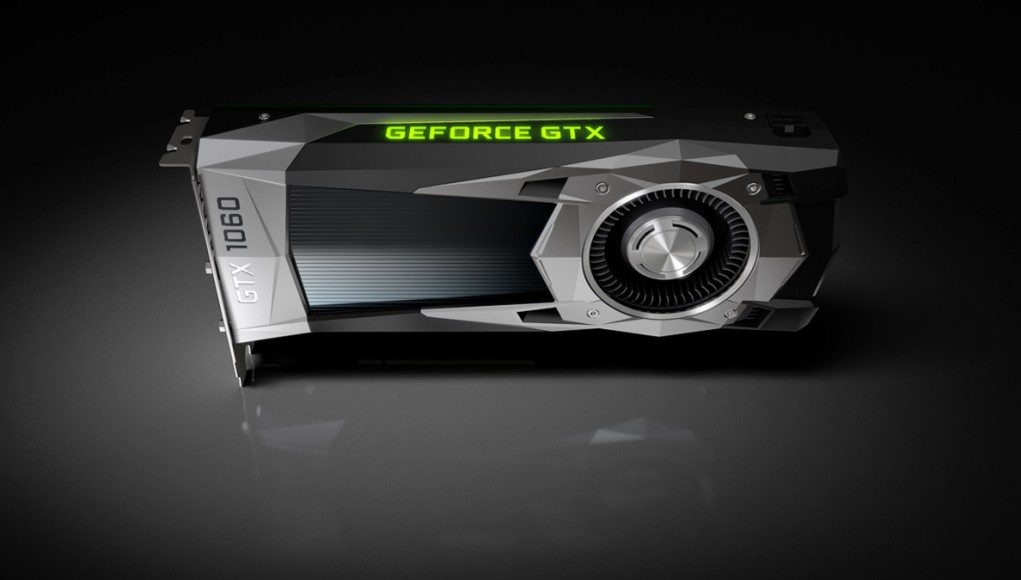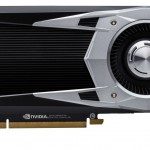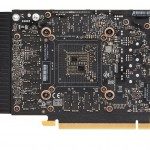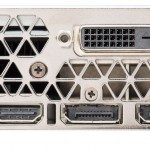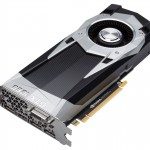NVIDIA has today announced the GTX 1060 GPU, their answer to AMD’s budget-oriented RX 480. The company says that when it comes to VR rendering the card is equal in performance to the former flagship GTX 980 but at twice the power efficiency.
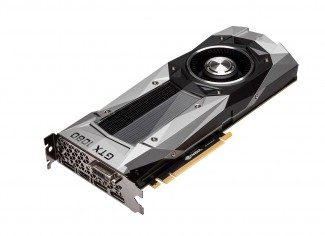
Following the GTX 1080 and GTX 1070, the GTX 1060 is the third member of Nvidia’s 10-series GPUs that are built on the ‘Pascal’ architecture. The 1060 aims to be the budget choice for VR gamers; priced starting at $249, it falls into the same class as AMD’s recently released RX 480 GPU which is priced at $199.
Third-party cards from companies like Asus and Evga will see the $249 MSRP, while Nvidia will also make available a premium “Founder’s Edition” for $299, available direct from the company. Both the Founder’s Edition and third-party GTX 1060 release date is July 19th.
While the GTX 1080 and 1070 are built on the GP104 chip, the 1060 is built on a new chip, the GP106. The GTX 1060 Founder’s Edition specs follow:
- CUDA Cores: 1,280
- Boost Clock: 1.7GHz
- Memory Config: 6GB GDDR5
- Memory Speed: 8 GBPS
- Power Connectors: 6-pin
- TDP: 120W
- Display Connectors: 3x DP 1.4, 1x HDMI 2.0B, 1x DL-DVI
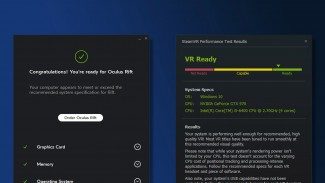
Nvidia says the VR-ready GTX 1060 can be “easily overclocked” to 2GHz, and claims that the card is “on average 15 percent faster and over 75 percent more power efficient than the closest competitive product,” which we take to mean AMD’s RX 480 GPU (we’ll be putting that claim to the test soon enough).
As a Pascal card, the GTX 1060 benefits from Nvidia’s Simultaneous Multi-projection and Lens Matched Shading, which the company says can provide significant performance gains for VR rendering.

